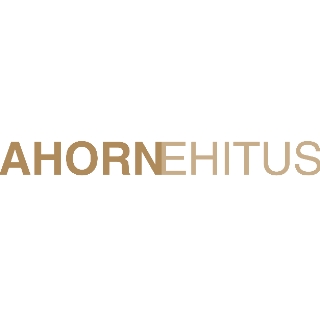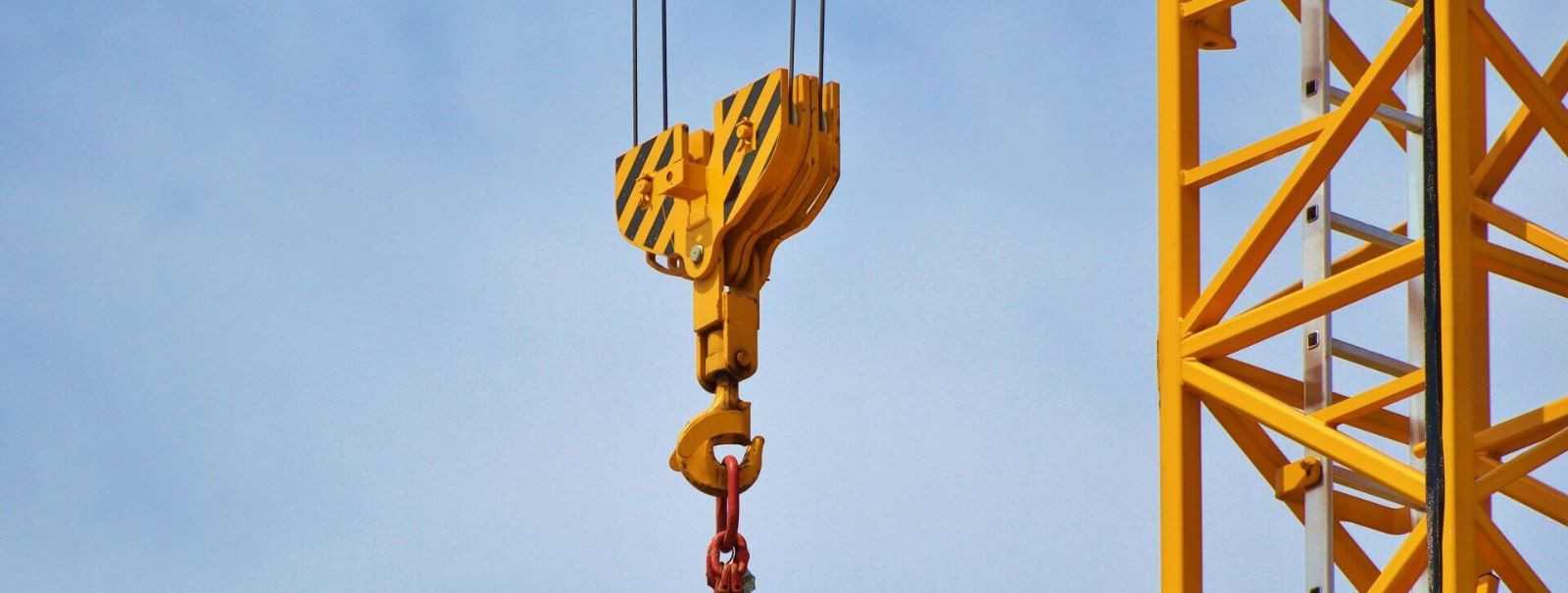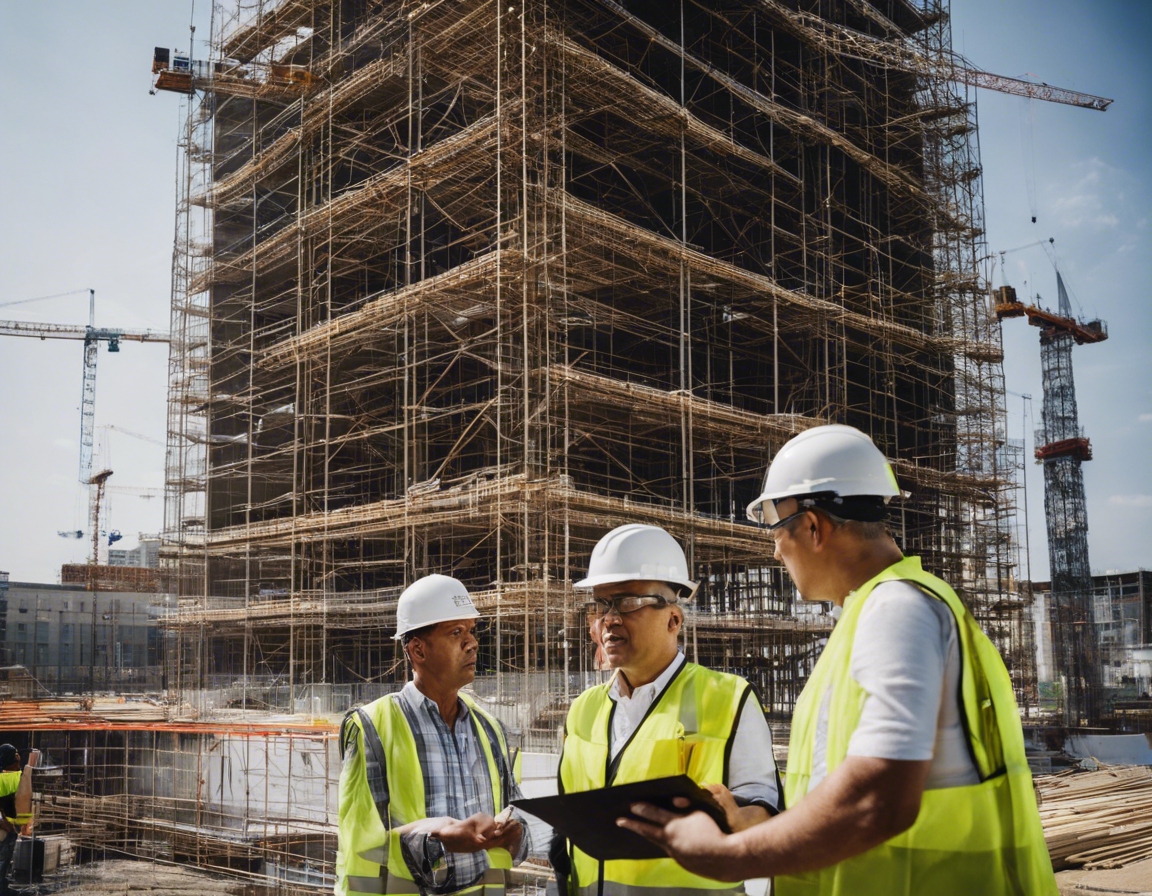The importance of transparent construction practices
In the construction industry, transparency is not just a buzzword; it is a fundamental principle that can significantly impact the success of a project. Transparent construction practices involve open communication, clear documentation, and honest dealings with all stakeholders involved in a project. For AHORN EHITUSE OÜ, transparency is a cornerstone of our operations, ensuring that our clients receive the highest quality service and results.
Benefits of Transparency in Construction
Trust is the foundation of any successful business relationship. In construction, where projects can be complex and costly, clients need to trust that their contractor is acting in their best interest. Transparent practices help build this trust by providing clients with clear information about project timelines, costs, and potential challenges.
Transparency leads to better project management and efficiency. When all parties have access to the same information, it reduces misunderstandings and errors. This clarity allows for more accurate planning and execution, ultimately saving time and resources.
Transparent construction practices ensure that all work is performed to the highest standards and complies with relevant regulations. By maintaining open lines of communication and thorough documentation, contractors can ensure that quality is never compromised, and any issues are addressed promptly.
Key Elements of Transparent Construction Practices
Effective communication is vital in any construction project. Transparent practices involve regular updates and open dialogue between contractors, clients, and other stakeholders. This approach helps to manage expectations and address any concerns as they arise.
Keeping detailed records of all aspects of a construction project is essential for transparency. This includes contracts, plans, permits, and any changes made during the project. Such documentation provides a clear trail of accountability and helps resolve disputes if they occur.
Clients need to understand where their money is going. Transparent financial practices involve providing detailed cost breakdowns and regular financial updates. This transparency helps clients feel more secure in their investment and can prevent financial disputes.
Technology plays a crucial role in enhancing transparency. Tools such as project management software, digital documentation, and real-time communication platforms allow for better information sharing and collaboration among all parties involved in a construction project.
Challenges in Implementing Transparent Practices
One of the main challenges in adopting transparent practices is resistance from within the organization. Some team members may be accustomed to traditional ways of working and may be hesitant to adopt new methods.
Implementing transparent practices can involve upfront costs, such as investing in new technology or training staff. However, these costs are often offset by the long-term benefits of improved efficiency and client satisfaction.
Ensuring that all team members understand and embrace transparent practices requires ongoing training and education. This commitment to learning helps to foster a culture of transparency within the organization.
The Role of AHORN EHITUSE OÜ in Promoting Transparency
At AHORN EHITUSE OÜ, we are committed to promoting transparency in all our construction projects. We believe that open communication, detailed documentation, and financial transparency are essential to delivering high-quality results and building lasting relationships with our clients. By leveraging the latest technology and continuously educating our team, we strive to set the standard for transparent construction practices in Estonia.






Comments (0)